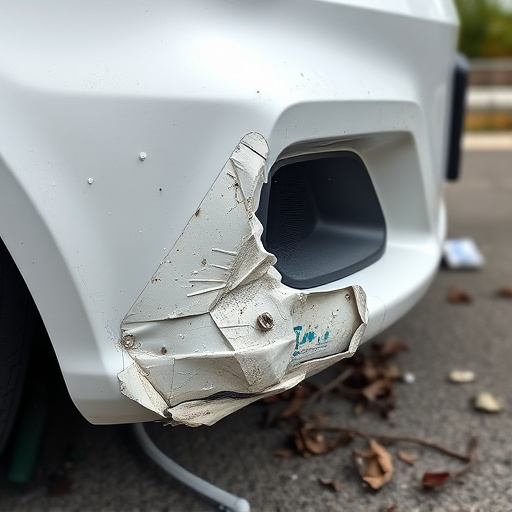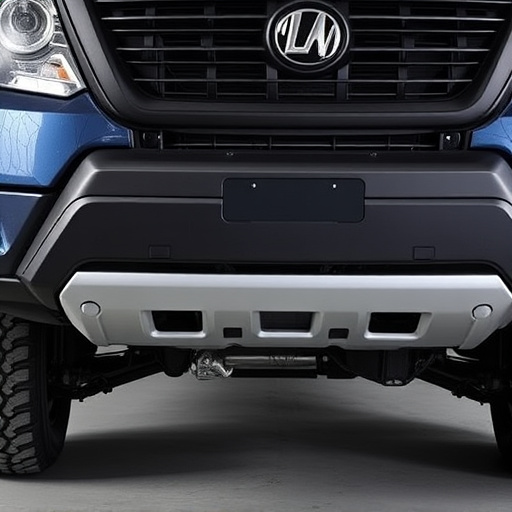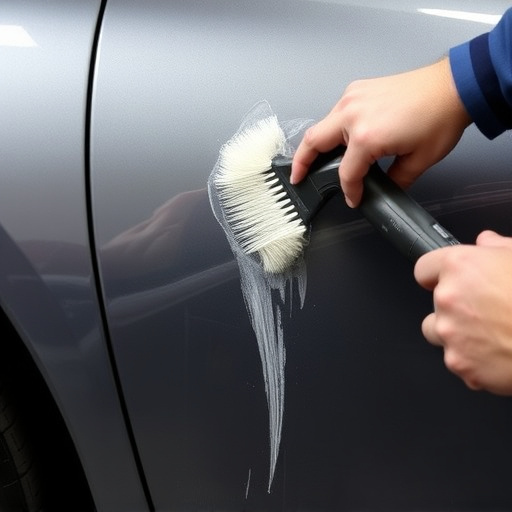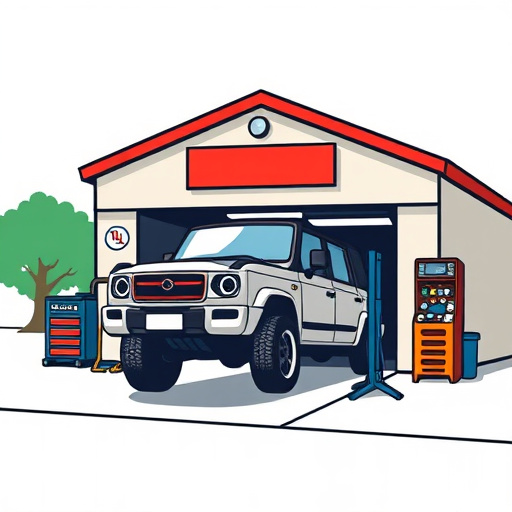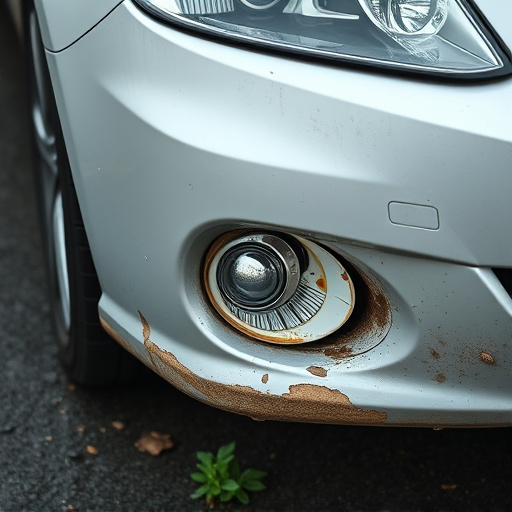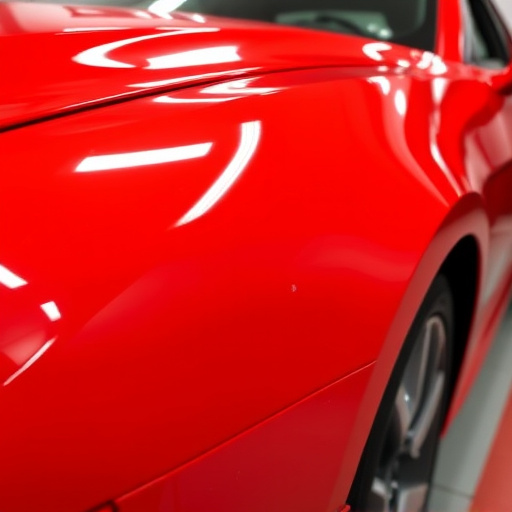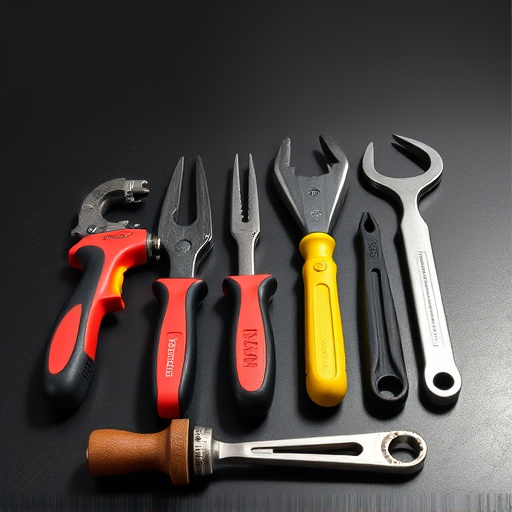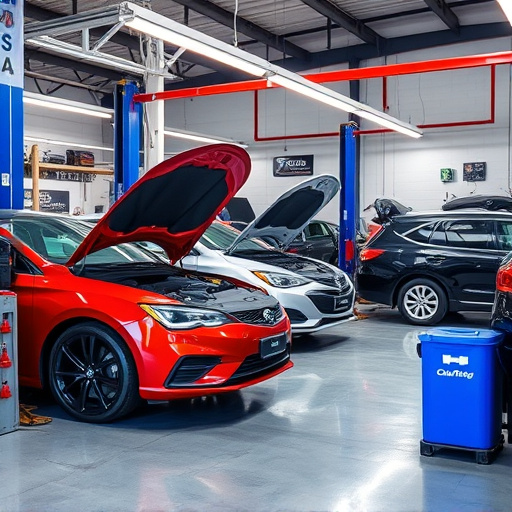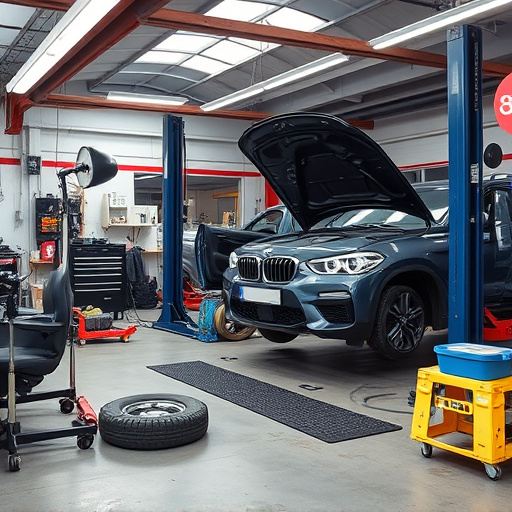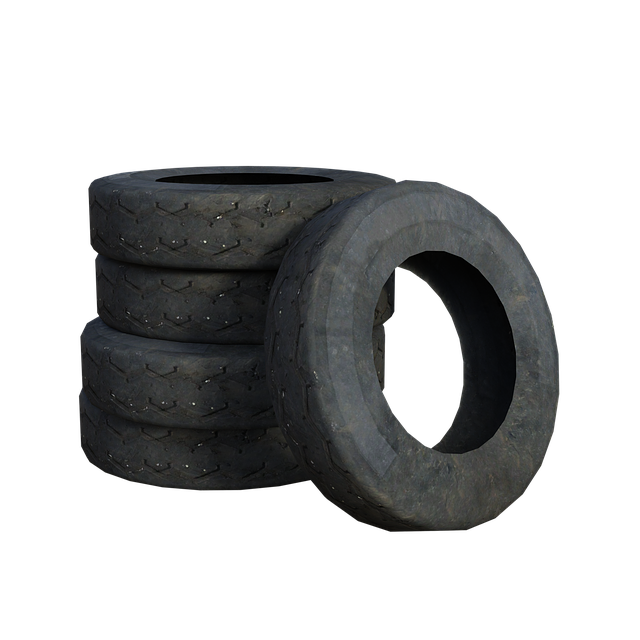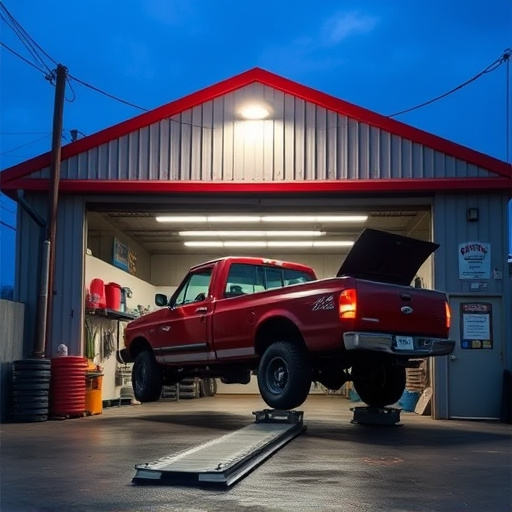Major dent repair goes beyond cosmetic fixes, involving advanced techniques like metal shaping and precise painting to restore structural integrity and value for vehicles like Mercedes Benz. Reputable collision repair shops with modern facilities employ skilled technicians to ensure precision, prevent further damage, maintain vehicle value, and deliver high-quality finishes. The complexity varies based on dent size, location, vehicle age, condition, and material type, requiring tailored approaches from professionals who assess each case uniquely.
In the realm of automotive aesthetics, a major dent repair stands out as a game-changer. But what precisely constitutes a significant dent? This article delves into the intricacies of defining a major dent repair job, exploring its scope and common types. We’ll uncover factors that determine the extent of work required, guiding you through this crucial process. Understanding these criteria ensures you receive top-tier results for your vehicle’s restored beauty.
- Understanding the Scope of Major Dent Repair
- Common Types of Dents That Qualify as Major
- Factors Determining the Extent of Repair Work
Understanding the Scope of Major Dent Repair

Major dent repair goes beyond the mere removal of a visible imperfection from a vehicle’s surface. It involves a comprehensive understanding and addressing of the damage to restore the car’s structural integrity and aesthetic appeal, especially in cases where the impact has caused significant deformity or penetration of the car bodywork. This process often requires advanced techniques such as metal shaping, patching, and painting, ensuring that the final result matches the vehicle’s original specifications.
When considering a major dent repair, whether for a Mercedes Benz repair or any other make, it’s crucial to seek services from a reputable collision repair shop equipped with state-of-the-art facilities. Skilled technicians in these shops are trained to handle intricate car bodywork repairs, ensuring precision and longevity. This level of expertise is essential to prevent further damage, maintain the vehicle’s value, and deliver a flawless finish that meets the highest industry standards.
Common Types of Dents That Qualify as Major
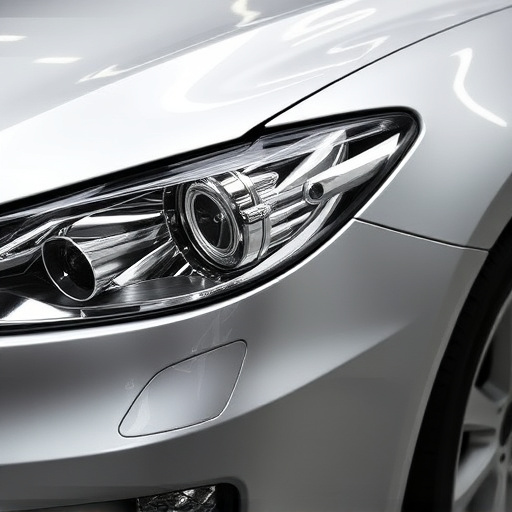
When considering a major dent repair, it’s crucial to understand which types of dents warrant such attention. Common types of car damage that fall under this category include deep and extensive dents, often referred to as “dents that bite.” These are typically large, jagged, or shallow indentations that can distort the panel’s original shape. Another qualifying factor is the location of the dent; damage near edges or corners, where panels meet, usually necessitates a major repair due to the increased risk of structural compromise.
Additionally, dents that have caused underlying damage to the car body or its structural components should prompt immediate consideration for major repair. These can include not just visible dents but also those that have led to misaligned panels, compromised panel integrity, or even hidden damage beneath the surface. Such extensive car damage repair is often best left to professional body shop services, where specialized tools and techniques are employed to ensure a precise and complete restoration of the vehicle’s appearance and safety features.
Factors Determining the Extent of Repair Work
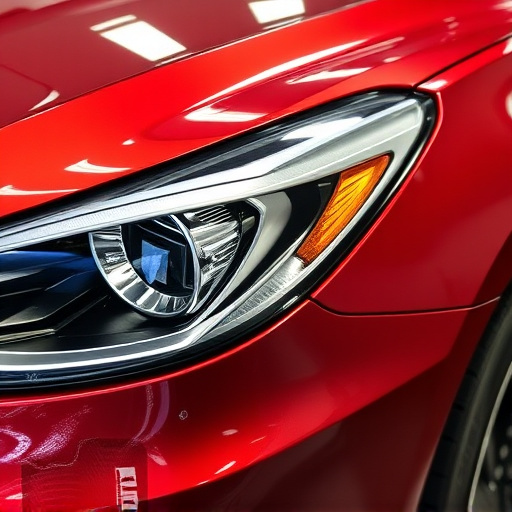
The extent of a major dent repair job is multifaceted, dependent on several factors that determine its complexity and scope. The size and depth of the dent are primary indicators; deeper and larger dents often require more extensive repairs, including metal working, to restore the car’s original shape. Location matters too; dents in visible areas like fenders or hoods typically necessitate more meticulous and skilled repair work compared to less conspicuous parts.
Other considerations include the age and condition of the vehicle. Older cars with worn bodywork might need additional treatment to match paint jobs precisely, while newer models often have advanced manufacturing techniques that can make repairs easier. The type of material used in construction also plays a role; different metal alloys or composite materials may demand specialized tools and expertise for effective repair, such as those commonly found in luxury vehicles like Mercedes Benz repair cases. Ultimately, auto collision repair professionals assess each situation uniquely, factoring in all these elements to determine the most comprehensive approach for optimal results in car bodywork.
When it comes to major dent repair, understanding the scope and specific types of dents involved is crucial. By evaluating factors like size, depth, location, and impact on structural integrity, professionals can determine the extent of the work required. Armed with this knowledge, car owners can make informed decisions, ensuring their vehicles receive the comprehensive care they need for a seamless restoration. Whether it’s a collision dent or a more intricate case, major dent repair techniques aim to deliver exceptional results, enhancing the vehicle’s appearance and value.
